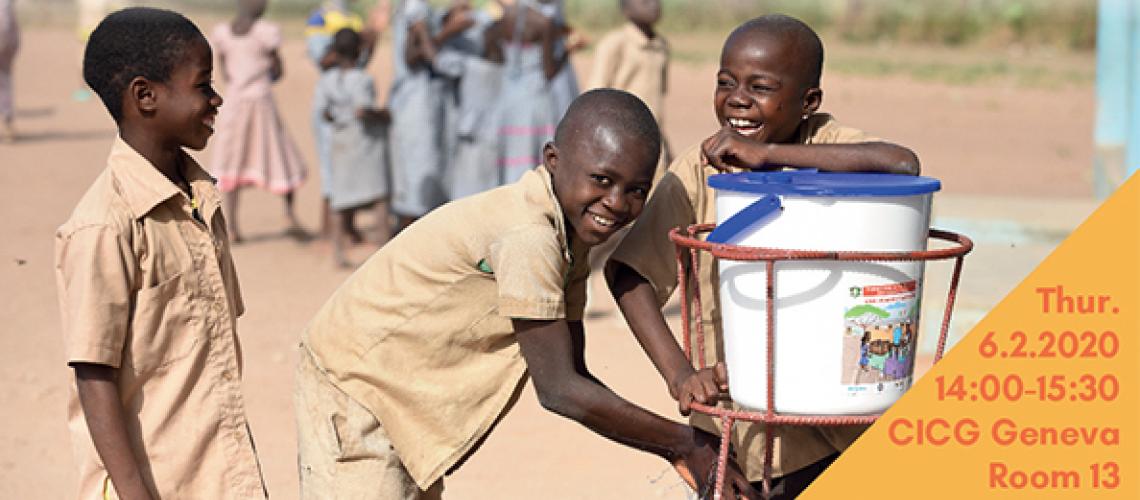
How do disasters and climate change impact children differently? How can we ensure that the needs of children are articulated adequately in emergency response? How can children and youth can be empowered to act as agents of change in disaster risk reduction?
These are some of the questions tackled by a panel of experts of the CADRI Partnership at a side event organized at the 6th Humanitarian Networks and Partnerships Week (HNPW) held in Geneva from 3-7 February. Panelists addressed the way preparedness systems and approaches consider children’s specific vulnerabilities and roles so that they are protected against the impact of climate change and disasters. Nancy Claxton from the International Federation of Red Cross and Red Crescent Societies (IFRC) stated that as of today, 500 million children live in areas affected by floods, 115 million live in areas affected by cyclones and 160 million are exposed to droughts. She added that “malnutrition is one of the top five causes of under-five death rate and it is much more likely to occur in the context of climate change.” Outlining the role of climate change on how children are more likely to suffer, she added that 7.5 million additional children are likely to be severely stunted due to the effects of climate change. Speaking on behalf of the United Nations Population Fund (UNFPA), Nadine Cornier brought in the gender perspective. “The humanitarian crisis in general, and the global climate crisis in particular, are neither age- nor gender-neutral.
Children, in particular girls, but also women, are disproportionally shouldering the cost and burden of such crisis.” WHO expert Nigel Rollins continued by pointing out that reducing stress for children and mothers in humanitarian settings is key. “The majority of our neural connection takes place during the first two years of development, and 80% of our brain size is reached during that time,” he said, explaining the importance of addressing maternal mental health despite stressful conditions. The panelists explored ways forward to mitigate risks and develop tools to better address the issue of children’s vulnerability. Introduced by Luc Chauvin, the UNICEF Guidance for Risk-informed Programming (GRIP), a methodology for conducting child-centered risk analysis and collaboration has tremendous potential to strengthen children’s resilience to shocks by identifying and addressing the root causes of risks. IFRC’s programme Youth as agents of bigger change (YBC) teaches children how to use their voice for conflict resolution, crisis reduction, for tolerance, to teach them how to organize themselves and make changes.
The event was attended by 100 participants whose insights enriched the exchange on the topic. “Children and youth represent a huge proportion of the population. They need to be part of decision-making throughout the implementation of activities that concern them”, one participant recommended.
